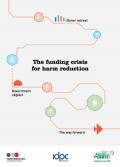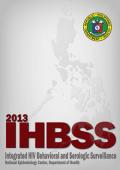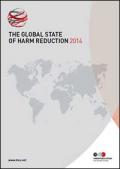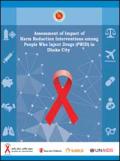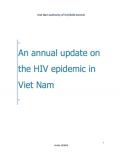Publications on People Who Inject Drugs (PWID)
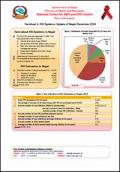
-The first HIV case was detected in 1988. The key populations are as follows:
People who inject drugs (PWID)
Sex workers and their clients (Male and Female)
Men who have Sex with Men (MSM) and transgender people
Male Labor Migrants and their wives
Prison Inmates
- Heterosexual transmission is dominant
- HIV prevalence among adult population in the country is below 1%
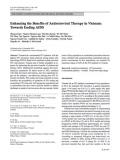

In order to reach the overall objectives, the Training Manual includes 8 practical training modules. Each module is introduced with a brief background to the topic and the purpose for its inclusion in the training. Modules also contain learning objectives, suggested readings, case studies and fact sheets. A series of slide by slide instructors’ notes and accompanying Power Point slide presentations for each module will assist LE trainers deliver each of the modules.

This policy brief aims to promote the realization of gender equality and human rights in terms of an effective harm reduction response to HIV for women who inject drugs in community and prison settings. It outlines a framework to achieve that goal which focuses on improving the availability, accessibility, affordability and acceptability of women-oriented harm reduction interventions. Suggested good practice tools and guidance are also provided.






